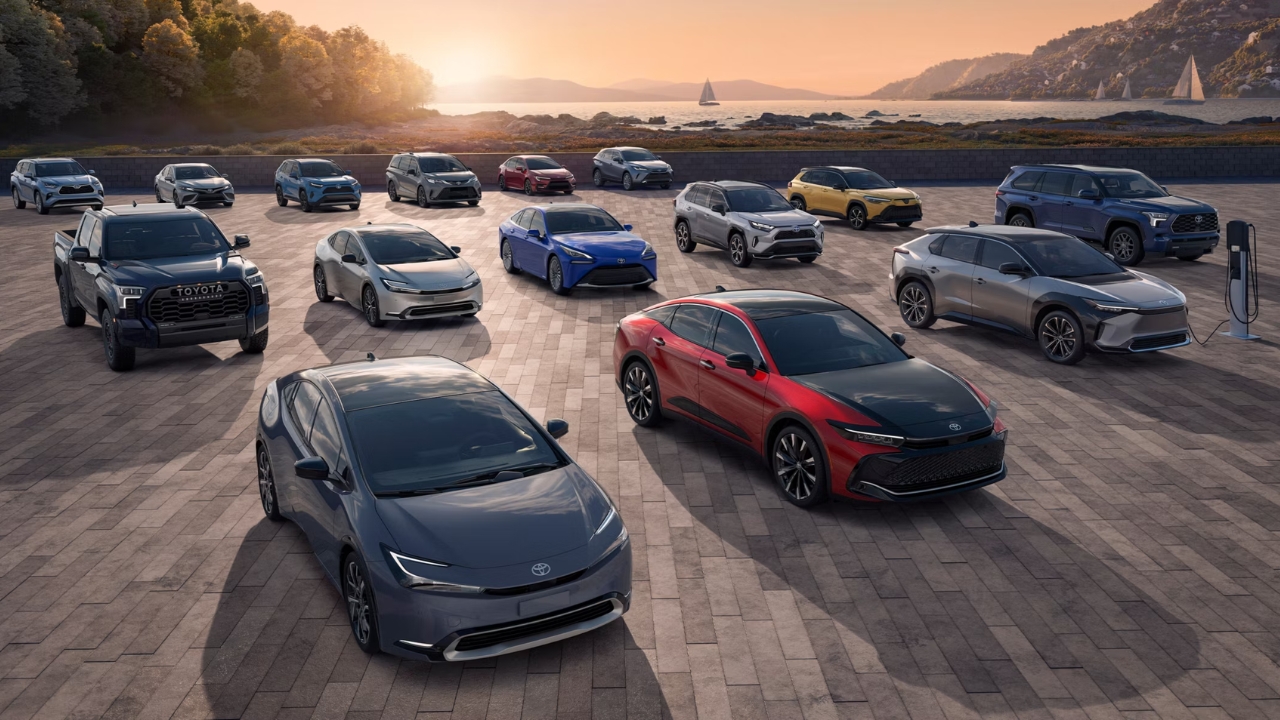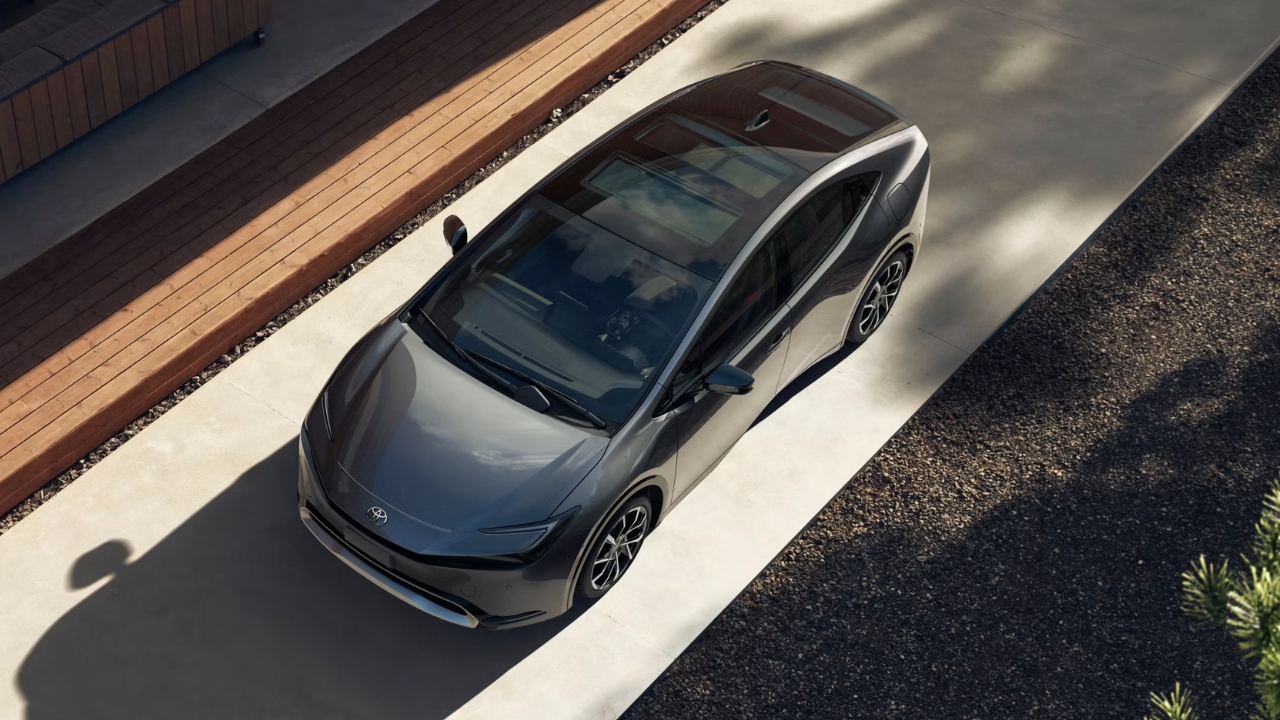Image Credit: Toyota
Feel the Real-World Driving
Particularly for those monitoring actual development in battery technology, Toyota’s alliance with Idemitsu Kosan signifies a major improvement in electric car assessments for 2025. The remarkable 745-mile range on a single charge of the automaker’s innovative solid-state battery (SSB) could revolutionize how you consider EV road trips. Toyota’s solid-state chemistry is meant for faster charging, more energy density, and enhanced safety unlike conventional lithium-ion batteries.
Why Do Solid-State Drives Differentiate?
Most automotive assessments will show lithium-ion batteries taking front stage in electric vehicles. By substituting a solid electrolyte for the liquid one, solid-state batteries greatly increase thermal stability and lower the risk of overheating or fire. This translates for you as a driver into less battery-related safety issues and more consistent performance in many driving environments. Better long-term durability and safer high-speed charging follow from this, a gain on both sides of the performance and safety concerns spectrum.
The Game-Changing Role of Idemitsu
Not only symbolic, but also pragmatic is Toyota’s cooperation with Idemitsu. Idemitsu contributes knowledge in solid sulfide electrolyte manufacture, which is essential for battery output scaling-up. Toyota need mass-market viability, and Idemitsu offers the production knowledge and material science tools to reach that point. You’ll likely see the impact of this alliance by 2027, as the two companies aim to start commercial-level production of solid-state batteries. This partnership isn’t about speculative tech—it’s about creating something that will be in your future new car reviews.
Image Credit: Toyota
The Next Era of Electric Driving
What This Means for Real-World Driving
From a driver’s perspective, this kind of battery could revolutionize your road test reviews. Imagine charging your EV from 10% to 80% in just 10 minutes while getting nearly 750 miles in range—that’s the sort of leap that would make electric cars far more appealing for long-haul travel. No more range anxiety. No more hour-long charging breaks. You’d be looking at fuel economy test results that rival or even surpass the best hybrids, with none of the emissions.
Performance That Pushes Expectations
Though exact specs haven’t been locked down, preliminary testing indicates that the SSB-powered EVs could deliver better acceleration, lighter weight, and improved cornering, making them a serious contender in performance car reviews. If you’re the kind of driver who notices handling nuance during a test drive, you’ll appreciate the way these batteries contribute to weight distribution and lower center of gravity. That’s not just good for cornering—it’s great for overall driving dynamics.
Comfort and Cabin Efficiency
Another benefit of SSBs is their compact size, which opens up space in the cabin. You might not realize it, but many luxury car reviews note how battery placement impacts interior layout. With Toyota’s approach, you could enjoy better legroom, improved cargo space, and more flexible design options. For long drives, especially in the most comfortable SUVs for long trips, every inch of space matters.
Safety Isn’t an Afterthought
Solid-state batteries don’t just extend range and reduce charging time—they inherently improve safety. The absence of flammable liquid electrolytes minimizes the risk of thermal runaway, a concern that’s plagued some lithium-ion setups. If you’re searching for the best advanced safety features in new cars, Toyota’s upcoming SSB models might quietly lead the pack. This shift will likely influence how safety feature reviews rank EVs moving forward.
A Competitive Edge in the 2025 EV Market
As brands like Tesla, BMW, and Ford push their EV narratives, Toyota’s entry into high-density solid-state batteries sets a new benchmark. It’s not just about being first—it’s about being smarter. While Tesla Model 3 road test reviews often highlight tech and efficiency, Toyota’s solid-state platform could beat rivals on longevity, ease of maintenance, and day-to-day usability. It’s a comparison that’s bound to appear in upcoming technology comparisons in rival models.
Who This Tech Will Benefit Most
Whether you’re an urban commuter, a weekend traveler, or someone who racks up serious highway mileage, this battery could change your routine. You won’t need to obsess over fuel economy tests or spend hours planning charging stops. For younger drivers looking at the best handling cars under $30,000, Toyota’s innovations could trickle down to affordable models in just a few years.
Conclusion
Toyota and Idemitsu’s joint effort is more than just an R&D headline. It’s a roadmap to the next era of electric driving—where range, comfort, performance, and safety aren’t trade-offs but expectations. If you’ve been on the fence about going electric, this kind of technology could be the tipping point. The real test will come when these solid-state batteries hit production models and show up in road test videos with professional drivers, but all signs point to a revolution that’s just around the corner.


